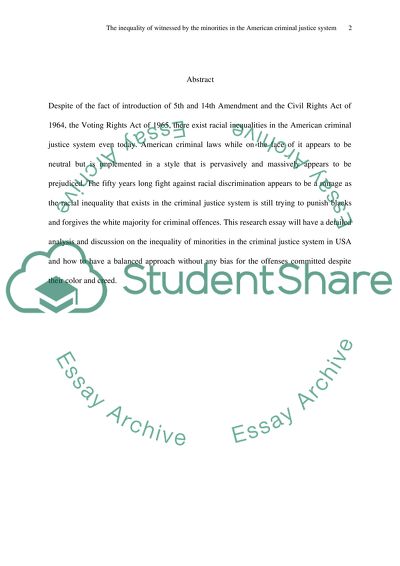Cite this document
(“The inequality of miniorities in the criminal justice system. What Term Paper”, n.d.)
Retrieved from https://studentshare.org/law/1472658-the-inequality-of-miniorities-in-the-criminal
Retrieved from https://studentshare.org/law/1472658-the-inequality-of-miniorities-in-the-criminal
(The Inequality of Miniorities in the Criminal Justice System. What Term Paper)
https://studentshare.org/law/1472658-the-inequality-of-miniorities-in-the-criminal.
https://studentshare.org/law/1472658-the-inequality-of-miniorities-in-the-criminal.
“The Inequality of Miniorities in the Criminal Justice System. What Term Paper”, n.d. https://studentshare.org/law/1472658-the-inequality-of-miniorities-in-the-criminal.


